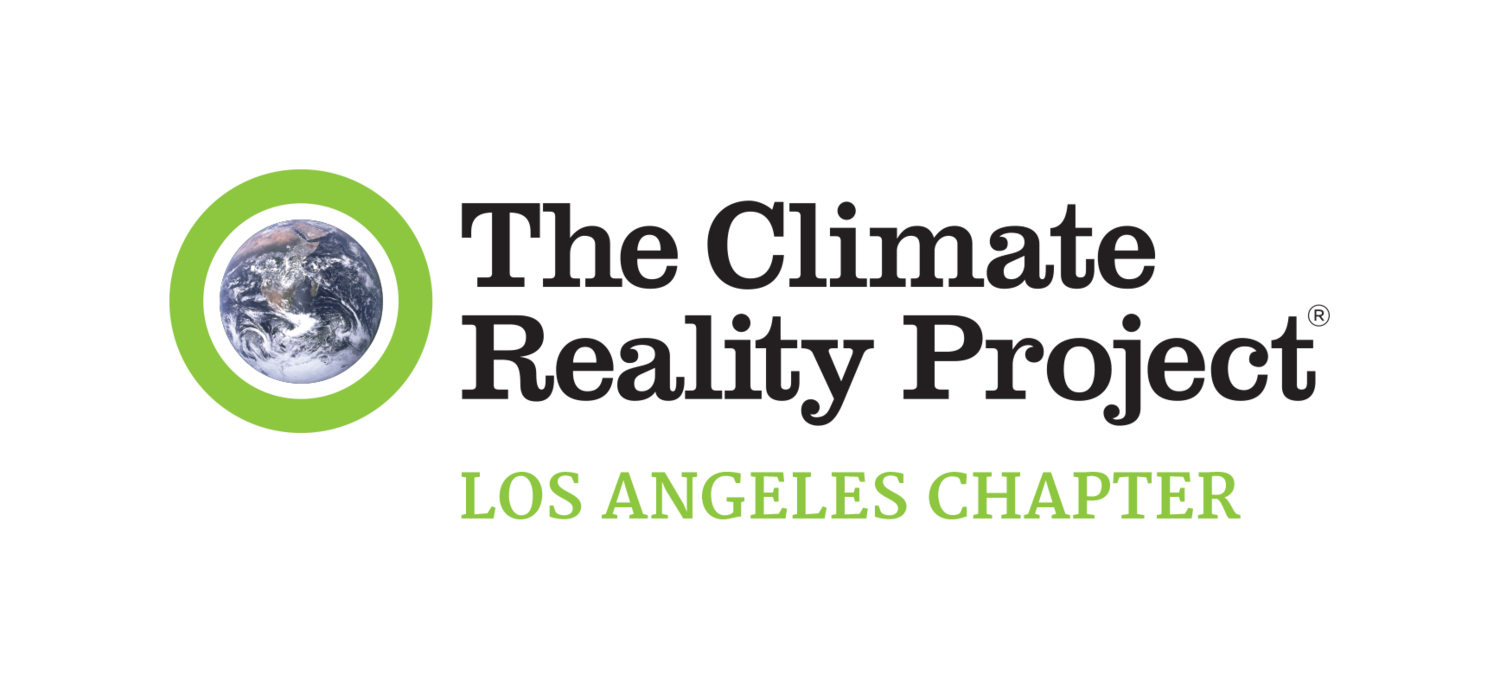WATER COMMITTEE
California recently emerged from The worst mega-drought in 1,200 years.
Drought will likely re-emerge soon due to climate change-worsening heatwaves and heat dome effects, which exacerbate drought. Frontline communities experience water quality and access issues first and worst compared to other communities.
California can and must do more to prepare for the next drought.
California’s Water Crisis
80% of California’s potable water is used for agriculture, nearly 10% for outdoor residential uses like watering lawns and landscapes, washing cars, or filling pools and spas. The remaining 10% goes to energy production and essential uses like drinking, cooking, and washing clothes and dishes.
Solutions to the Crisis
The good news is that most of the solutions we need are out there. Our committee advocates for elected officials and policymakers to pursue the following five solutions:
-
California should invest more in these solutions.
-
Some examples are x, y, and z.
-
Fossil-fuel based power plants use significant water, primarily for cooling purposes, due to all the wasted energy that is released as heat.
Solar power also uses water for cooling, but significantly less. (citation needed)
-
Examples include Westwood Greenway and Kuruvugna Springs, and X, Y, and Z.
Why Artificial Turf is Not a Solution
Many well-meaning people have installed artificial turf as an alternative to thirsty grass lawns. Unfortunately, these plastic grasses are bad for biodiversity, contribute to the urban heat island effect, and don’t actually save much water. Read our artificial turf fact sheet for more information.
A better low-water alternative to traditional grass lawns is to plant California native plants, including drought-tolerant grasses.
What Our Committee Does
In order to establish water security, action must be taken at both the individual and collective level. The Water Committee and Los Angeles Climate Reality Project do the following:
Request that California legislators prioritize water security and pass legislation that furthers solutions: sustainable water infrastructure, renewable energy and grid modernization, sustainable agriculture, and nature based solutions.
Join the Legislative Committee each session to advance sustainable water policies.
Educate about the impact of climate and individual actions people can take in their own lives to conserve water.
Individual actions for people and businesses
Here are a few impactful steps you can take to reduce water usage in your home or business:
-
Learn more here.
-
Volunteer Opportunities: Volunteer @ Kuruvungna Springs, through CRPLA Partners (TreePeople, Surfrider, Westwood Greenway, etc.)
-
Native plants evolved for California’s dry weather and seasonal rain patterns.
Collective Actions You Can Take
Join our committee to get updates on how you can help advocate for thoughtful water policy in California.


